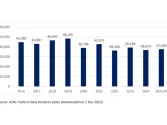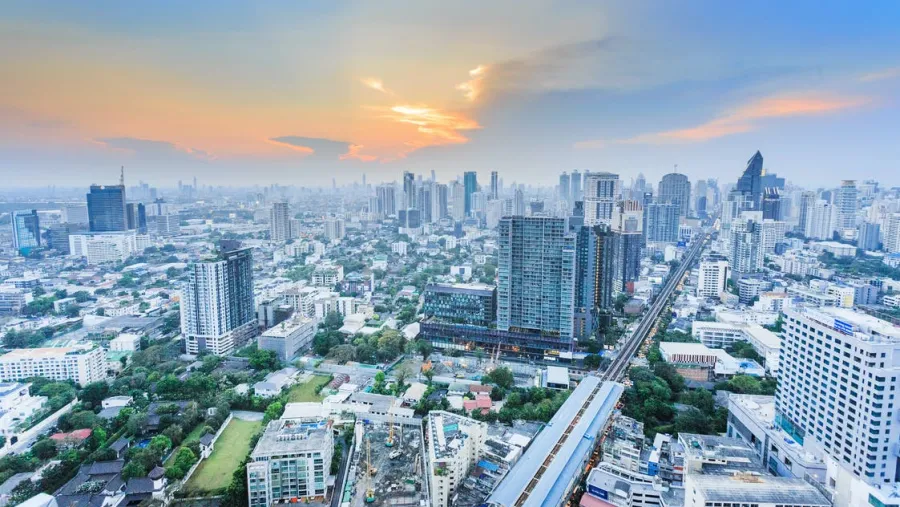
Bangkok’s hotel market set for steady expansion: analyst
Find out what’s in store for the city’s hotel market this year.
According to a Knight Frank report, Thailand aims to attract between 36 and 40 million international visitors in 2025, building on the recovery momentum that began in 2022.
Growth will be supported by extended visa exemption policies, a rebound in the aviation sector, and the launch of new international flight routes—all reinforcing Bangkok’s status as a global tourism hub.
Here’s more from Knight Frank:
However, the sector faces headwinds early in the year, including travel advisories and negative media coverage. For instance, Taiwan’s high-risk designation could dampen arrivals from China and neighbouring countries. Despite these challenges, robust demand is expected to sustain high hotel occupancy rates. Expanding air connectivity and supportive government policies will help maintain steady tourism growth throughout the year.
Following a strong post-pandemic rebound, Bangkok’s hotel market is set for steady expansion. While the rapid growth in the average daily rate (ADR) seen between 2022 and 2023 is beginning to stabilize, rates are projected to increase at a more sustainable pace, in line with global hospitality trends. As international arrivals approach pre-pandemic levels, competition will intensify due to new hotel openings.
Bangkok’s ADR is forecasted to stabilize between THB 4,250 and 4,450, with the luxury segment expected to see modest gains. High-end hotels have been the primary drivers of ADR growth, with rates now 43% higher than in 2019. Despite this growth, Bangkok’s luxury hotel rates still lag behind global cities such as Singapore and London, where rates are two to three times higher, highlighting Bangkok’s untapped potential in this segment.
In 2025, revenue per available room (RevPAR) will primarily be driven by occupancy rates, supported by the recovery of international tourism, particularly from China. However, the number of Chinese visitors remains 40% below pre-pandemic levels. Shifts in travel behaviour are also becoming more evident, with Chinese tourists increasingly favouring smaller, independent groups over traditional large tour groups, a trend that could disproportionately impact mid-scale hotels that have historically relied on mass-market tours.
Emerging markets such as India and the Middle East are also playing a more prominent role, although their spending patterns differ, requiring hotel operators to adopt more targeted strategies. Capturing demand from these high-growth markets will be essential for sustaining RevPAR growth across all hotel segments.
Overall occupancy rates are expected to stabilize around 80%, with peak-season months such as February and December likely to exceed 84%. Mid-year performance will depend on regional travel trends and broader economic conditions. The Riverside area, home to many of Bangkok’s high-end hotels, will likely continue to show strong demand, supporting the city’s overall market resilience.
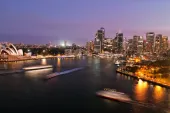

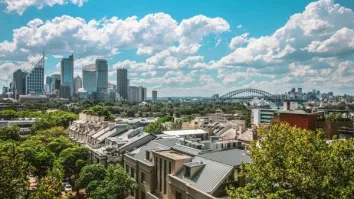

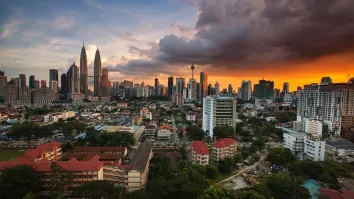
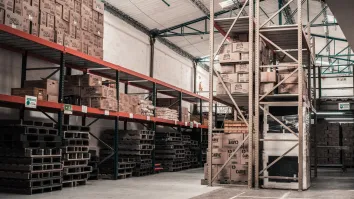

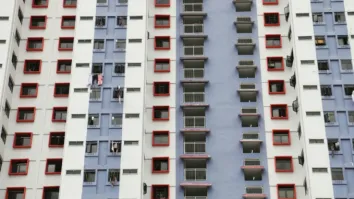





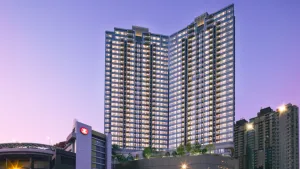
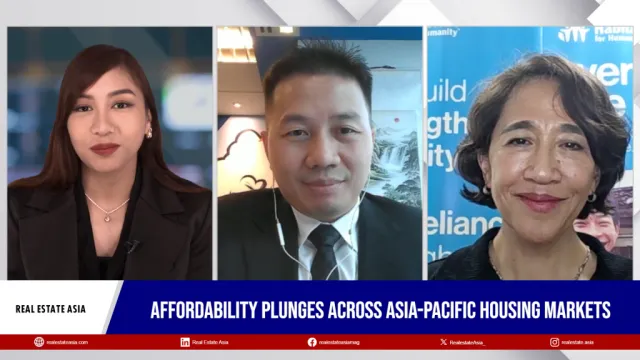
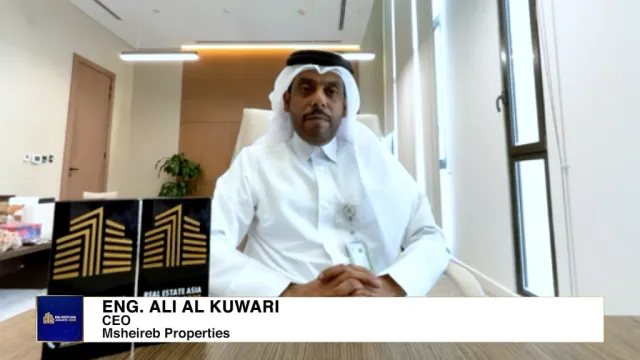
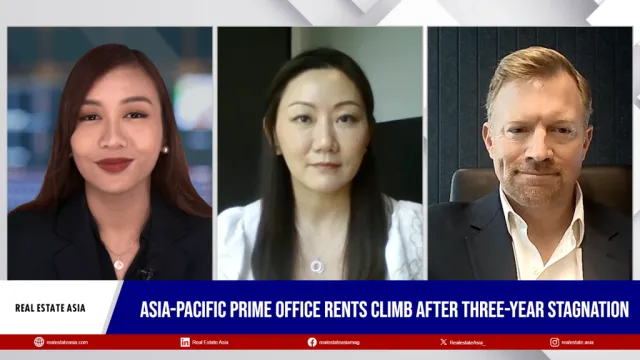

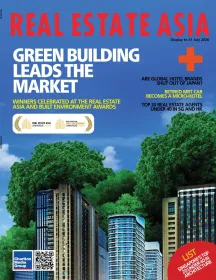
 Advertise
Advertise
